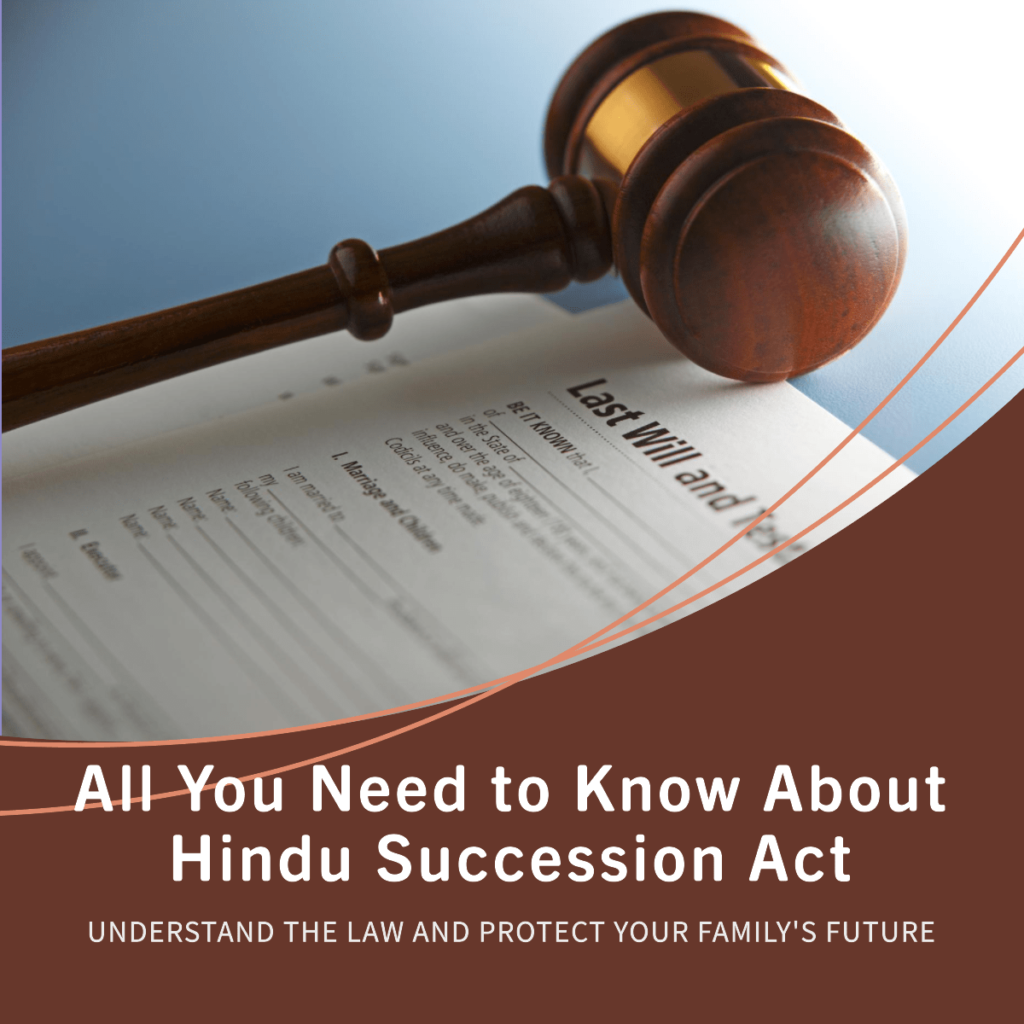Are you looking to understand the Hindu Succession Act better? The Hindu Succession Act, 1956 is a vital piece of legislation that governs the distribution of property among Hindu families in India. Whether you are a legal professional, a Hindu family member, or someone interested in this area of law, this post will provide you with valuable insights into the key aspects of the Act.

What is the Hindu Succession Act?
The Hindu Succession Act, 1956, is a critical legal framework that dictates how the property of a deceased Hindu individual is distributed. This Act ensures an organized and systematic approach to succession, providing clarity and structure to the inheritance process.
Equal Rights for Daughters in Coparcenary Property
One of the most significant amendments to the Hindu Succession Act in recent years is the provision for equal rights to daughters in coparcenary property. This amendment rectifies historical gender disparities, granting daughters the same rights and responsibilities as sons in joint family property. These changes emphasize gender equality and empowerment.
Preferential Rights in Certain Cases
The Act outlines preferential rights for heirs when it comes to acquiring property in specific situations. When an interest in property devolves upon multiple heirs. The Act grants the other heirs the first right to acquire the interest proposed to be transferred. This ensures a fair and orderly distribution of property among eligible beneficiaries.
Testamentary Succession
The Act also recognizes the importance of testamentary succession.
It allows any Hindu individual to dispose of their property through a will or other testamentary disposition. This is provided that the property is capable of being disposed of in accordance with the relevant legal provisions. This empowers individuals to make informed decisions about their property distribution, enhancing the overall legal landscape.
Understanding the Heirs in Class I and Class II
The Act classifies heirs into Class I and Class II, specifying the order of succession among them. The primary focus is on providing a clear hierarchy for property distribution. Class I heirs typically include immediate family members, while Class II heirs extend to relatives beyond the immediate family.
Hindu Succession Act: Conclusion
In conclusion, the Hindu Succession Act, 1956, is a cornerstone of Indian legal heritage that addresses critical aspects of property distribution among Hindu families. Recent amendments emphasize gender equality, preferential rights, and the importance of testamentary succession. Understanding these provisions is essential, whether you are a legal professional or a stakeholder in the inheritance process.
By staying well-informed about the Act, you can make well-informed decisions, and as a result. Ensure a fair and transparent distribution of property within your family. Furthermore, if you have any questions or require legal assistance in navigating the complexities of this Act, our dedicated team at Patil Legal Solutions is here to help. So, feel free to reach out to us today to learn more about how we can assist you in matters related to the Hindu Succession Act. We prioritize your legal needs and remain fully committed to offering you expert guidance and unwavering support.



Leave a Reply